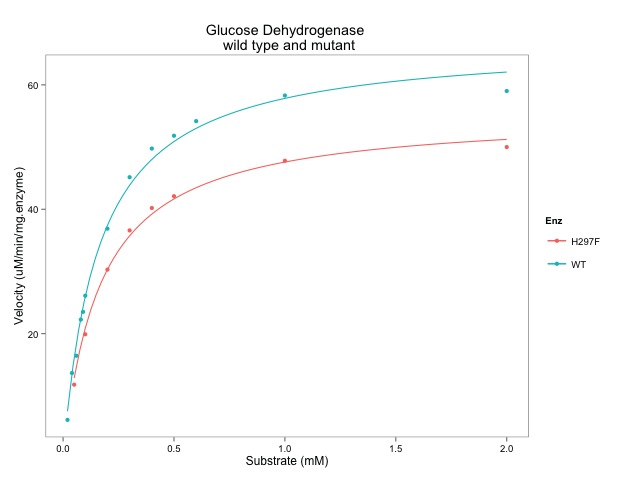I was inspired by Professor David Spiegelhalter from the University of Cambridge. I heard him talk at Cardiff University. He has a blog about Uncertainty and this graph is inspired one of his blog posts. I've been reading his book entitled The Norm Chronicles (written with Michael Blastland) - all about risk, life and death.
My starting point for my exploration of Men's Health is a graph that can calculate my chance of dying this year. As my source, I'm using the UK Life Tables which have calculated the chance of dying between birthdays.
I became a bit more worried about dying as I got older and particularly when I became a father. My chance of dying at 47 is 1 in 390. However, I wanted to develop habits that would reduce this chance a little. More about that next time...
START
# I am preparing a session for the Battle of the Beards
# It's an IT conference with difference
# Fight male suicide at “The Battle of the Beards”
# Talking tech & making a difference
# Cardiff | 29 March 2017
# http://battleofthebeards.info/
library(readxl)
library(ggplot2)
# my preparation involves exploring the UK National Life Tables
# these are available through the Office of National Statistics
# as an excel file from this page:
# https://www.ons.gov.uk/peoplepopulationandcommunity/birthsdeathsandmarriages/lifeexpectancies/datasets/nationallifetablesunitedkingdomreferencetables
# the can be downloaded from here:
ons_url <- c("https://www.ons.gov.uk/file?uri=/peoplepopulationandcommunity/birthsdeathsandmarriages/lifeexpectancies/datasets/nationallifetablesunitedkingdomreferencetables/current/nltuk1315reg.xls")
# to guarantee undistrubed access, I've put the file on github
github_url <- "https://raw.githubusercontent.com/brennanpincardiff/RforBiochemists/master/data/nltuk1315reg.xls"
# the download.file() function downloads and saves the file with the name given
download.file(url=ons_url,destfile="file.xls", mode="wb")
# if this doesn't work try replacing the url with the github_url
# then we can open the file and extract the data using the read_excel() function.
data<- read_excel("file.xls", sheet = 5, skip = 6)
# need to remove four bottom rows - these are all blank.
data <- data[1:101,]
colnames(data)
# x = age in years
# first set is males and second set is females
# mx is the central rate of mortality, defined as the number of deaths at age x last birthday in the three year period to which the National Life Table
# relates divided by the average population at that age over the same period.
# qx is the mortality rate between age x and (x +1), that is the probability that a person aged x exact will die before reaching age (x +1).
# lx is the number of survivors to exact age x of 100,000 live births of the same sex who are assumed to be subject throughout their lives to the
# mortality rates experienced in the three year period to which the National Life Table relates.
# dx is the number dying between exact age x and (x +1) described similarly to lx, that is dx=lx-lx+1.
# ex is the average period expectation of life at exact age x, that is the average number of years that those aged x exact will live thereafter
# based on the mortality rates experienced in the three year period to which the National Life Table relates.
# to allow us to separate the male and female data, I am relabelling the column names
colnames(data) <- c("age",
"m.mx", "m.qx", "m.lx", "m.dx", "m.ex",
"f.mx", "f.qx", "f.lx", "f.dx", "f.ex")
# the life table allow us to draw some interesting curves
# the first one I want to explore is my chance of dying this year.
# qx is the key value.
# the chance of my dying before my next birthday.
# here is the graph in ggplot
ggplot(data = data,
aes(x = age, y = m.qx)) +
geom_point()
# The log 10 plots give an interesting pattern.
# first shown to me by Professor David Spiegelhalter
# Here it is in my blog https://understandinguncertainty.org/what-your-effective-age
ggplot(data = data,
aes(x = age, y = log10(m.qx))) +
geom_point()
# Another way to change the scale on the y-axis using scale_y_log10()
ggplot(data = data,
aes(x = age, y = m.qx)) +
geom_point() +
scale_y_log10()
# let's make this look a bit nicer with lines, titles and a theme...
# make the object p
p <- ggplot(data = data,
aes(x = age, y = m.qx)) +
geom_line(colour = "red") +
geom_point(colour = "red", size = 0.75) +
ylab("Chance of dying") +
xlab("Current Age") +
ggtitle("Chance of Dying before next Birthday") +
scale_y_log10() +
theme_bw()
p # show the object
# label on y axis is not the most useful, I think.
# good learning point here on customising the y-axis label.
# added as arguments in the scale_y_log10()
p <- ggplot(data = data,
aes(x = age, y = m.qx)) +
geom_line(colour = "red") +
geom_point(colour = "red", size = 0.75) +
ylab("Chance of dying") +
xlab("Current Age") +
ggtitle("Chance of Men Dying before next Birthday") +
scale_y_log10(
breaks = c(0.0001, 0.001, 0.01, 0.1, 0.5), # where to put labels
labels = c("1/10,000", "1/1000", "1/100", "1/10", "1/2")) + # the labels
theme_bw()
p # show the object
# add source of the data
source <- paste("Source: Office of National Statistics\n filename: nltuk1315reg.xls\n accessed:", Sys.Date())
p + annotate("text", x = 70, y = 0.0001, label=source, size=3)
# more info available from the Office of National Statistics here:
# https://www.ons.gov.uk/peoplepopulationandcommunity/birthsdeathsandmarriages/lifeexpectancies











No comments:
Post a Comment
Comments and suggestions are welcome.